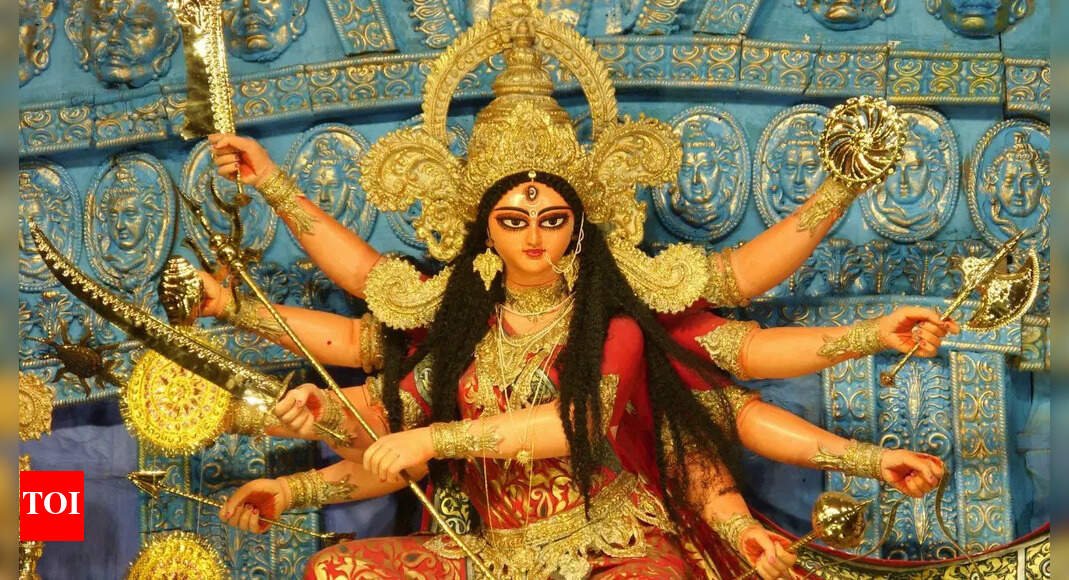Chaitra Navratri 2025: Dates, Timings, History, Significance, and Celebrations
Chaitra Navratri is one of the two major Navratris celebrated by Hindus every year. Unlike Sharada Navratri, which is observed in the fall, Chaitra Navratri is celebrated in the spring season. Here’s everything you need to know about Chaitra Navratri 2025.
When is Chaitra Navratri 2025?
Chaitra Navratri 2025 will begin on March 30 and end on April 7. The most auspicious time for Ghatasthapana or Kalash Sthapana on the first day is from 06:13 AM to 10:22 AM.
History of Chaitra Navratri
Chaitra Navratri is a Hindu festival dedicated to Maa Durga and her nine forms. According to legends, Goddess Durga was created by the Gods to defeat the demon Mahishasura. The battle lasted for nine days, and on the tenth day, Maa Durga emerged victorious, symbolizing the victory of good over evil.
Significance of Chaitra Navratri
Chaitra Navratri holds great significance in Hindu beliefs and rituals. Devotees keep a 9-day fast for Maa Durga and her many avatars during this time. The festival serves as a reminder that truthfulness always wins.
Celebrations across India
- In North India, people decorate their home temples and the temples with flowers that are beloved to Maa Durga, and bhajan kirtan is done to maintain a spiritual atmosphere all around.
- In Maharashtra, Chaitra Navratri coincides with Gudi Padwa, marking the New Year, and people hoist a ‘Gudi’ outside their homes as a symbol of good health and prosperity.
- In the Southern states, people celebrate it in the form of Ugadi, with the first day of Navratri.
- In Bengal and Odisha, the Devi puja remains common.
Chaitra Navratri Rituals
The start of any Navratri, Chaitra or Sharada, begins with Ghatasthapana or the Kalash Sthapana, where an earthen pot or copper pot is filled with water, mango leaves, and a coconut on top. Many devotees observe a nine-day fast, consuming only fruits, milk, and specific foods like sabudana, kuttu aata, and singhare ka aata.
Each day of Navratri is dedicated to a certain avatar of Maa Durga, and people keep an image of NavDurga in their home temples. The first day is for Maa Shailaputri, the second day for Maa Brahmacharini, the third day for Maa Chandraghanta, the fourth day for Maa Kushmanda, the fifth day for Maa Skandamata, the sixth day for Maa Katyayani, the seventh day for Maa Kaalratri, the eighth day for Maa Mahagauri, and the last day for Maa Siddhidatri.
Another common ritual across North India is Kanya puja, where little girls, or Kanjaks, are called to homes and fed with prasad after small worship.



